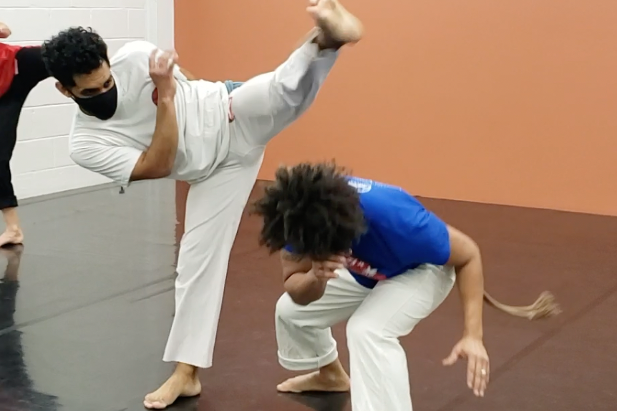
Intro Capoeira

Capoeira is for everyone. Start today and improve your flexibility, strength and coordination, all while having fun!
Adult Capoeira

We train capoeiristas of all abilities and skill levels, wherever they may be on their Capoeira journey or life path.

Capoeira Is For Everyone



Capoeira Camará Welcomes You







